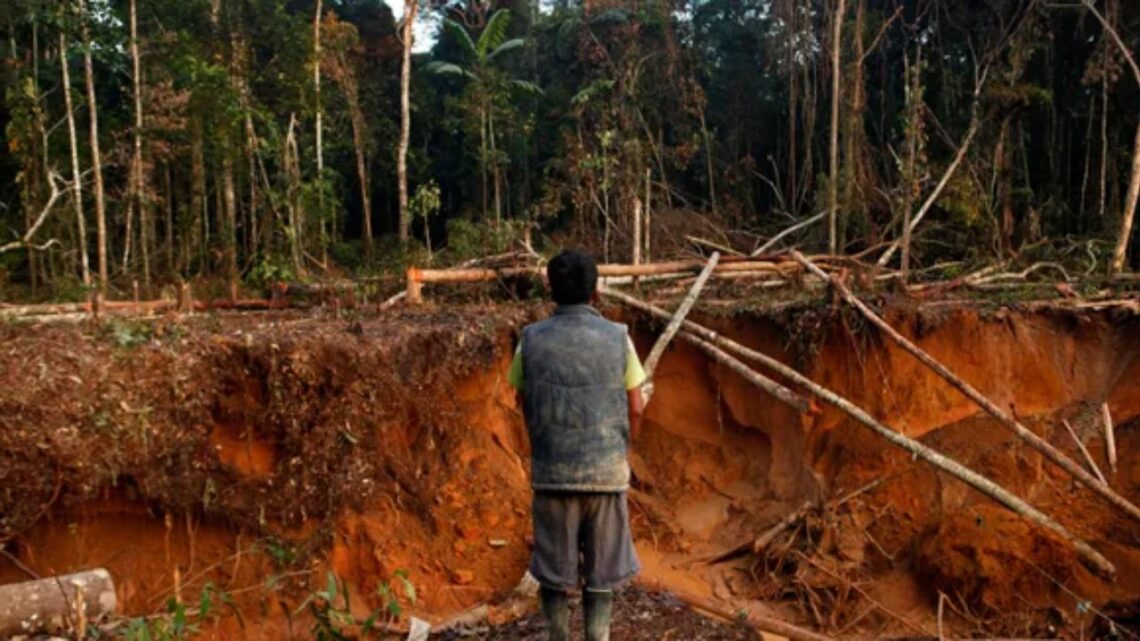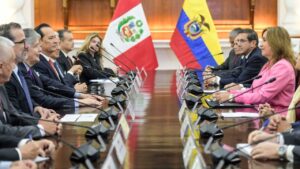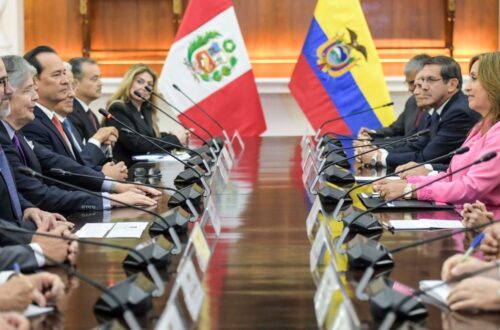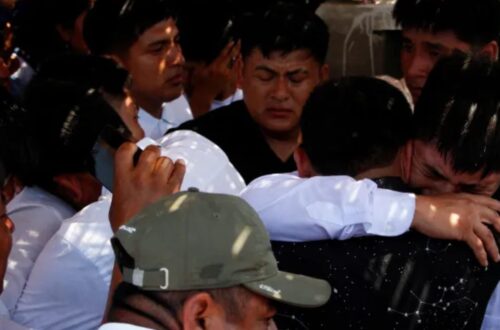On October 6, 2025, the Andean Community (CAN)—comprising Peru, Colombia, Ecuador, and Bolivia—delivered a stern ultimatum to Peru: it must take stronger, binding measures against mercury trafficking and illegal gold mining.
Peru has 20 working days to present a detailed compliance plan, or face possible trade sanctions, including the imposition of tariffs.
What the Andean Community Ordered
The bloc’s decision is unusually forceful for a trade organization and compels Peru to:
- Revise its national legislation to close loopholes that allow mining operations to remain unregulated
- Confiscate dredges and mining machinery used illegally to vacuum riverbeds and process ore
- Halt expansion of the informal miner registry, which critics say enables illicit operators to register under ambiguous status
- Submit a robust compliance report within 20 working days, or escalate the case to the Andean Tribunal of Justice, triggering possible economic penalties
The Human and Environmental Toll
Illegal gold mining depends heavily on mercury, a potent neurotoxin used to separate gold from sediment.
This contaminant seeps into waterways, accumulates in fish, and ultimately enters human bodies — especially affecting pregnant women, infants, and children.
Populations along river basins, including the Nanay region, have documented mercury levels exceeding safety thresholds, with residents suffering neurological symptoms, skin conditions, and chronic illnesses.
Why Previous Efforts Have Fallen Short
Peru has launched past operations targeting illegal mining—confiscating large quantities of mercury and machinery, and carrying out enforcement campaigns in gold-rich regions.
But limited resources, overlapping jurisdictions, corruption, and lack of sustained political will have hindered success.
Meanwhile, the global price of gold has continued to climb, making illicit extraction ever more lucrative.
Key Facts at a Glance
| Item | Detail | Significance |
|---|---|---|
| Trade body | Andean Community (CAN) | Regional bloc with authority to impose binding measures |
| Decision date | October 6, 2025 | Starts the 20-working-day compliance window |
| Core mandates | Reform laws, seize equipment, stop registry expansion | Seeks to close loopholes and strengthen enforcement |
| Deadline | 20 working days | Compliance must be shown or penalties may follow |
| Possible consequences | Tariffs, trade sanctions | Direct economic risk if Peru doesn’t comply |
| Recent enforcement | Large mercury seizures, equipment confiscations | Illustrates scale of illicit activity and attempted pushback |
| Health impacts | Mercury contamination above safety norms | A pressing public health crisis in multiple regions |
What Comes Next
Peru now faces a critical juncture. If it submits compelling reforms that include tightened laws, meaningful enforcement, and rollback of regulatory gaps, it may avoid harsh economic penalties.
Should it fail, the dispute could head to the Andean Tribunal of Justice and trigger sanctions—creating a precedent in the region and potentially reshaping gold supply-chain accountability across South America.
The Andean Community’s intervention marks a major escalation in regional environmental governance, tying trade leverage to the protection of rivers, indigenous communities, and public health.
With mercury poisoning already impacting vulnerable populations and illegal gold mining expanding relentlessly, Peru’s actions in the coming days will reveal whether policy rhetoric can translate into real, enforceable change or whether environmental and human costs will continue unchecked.









